Ingress Protection (Ip) Rating
JBL Live Pro 2
IPX5
Marshall Minor III IPX4
Ingress protection ratings refer to the rank of protection given by a casing, against solids and liquids. In the format of IPXX, 'X' represents a number The first value represents protection against solids say dust, while the second refers to resistance against liquids (sweat).
Scoring IPX4, the Marshall Minor III's rating is read as, the first value of X denotes that no data available to specify a protection rating, and of liquids that they can withstand low pressure spray similar to that of a shower head when tilted at 180° for 10 minutes.
In comparison to the Marshall Minor III, JBL Live Pro 2 have a rating of IPX5 meaning that
we are not yet certain of their rating with solids (dust)
and that of liquids is that,
JBL Live Pro 2 has a higher liquid rating than Marshall Minor III
Weight
JBL Live Pro 2
9.6g
Marshall Minor III 8g
The Marshall Minor III have a weight of 8g . We consider a lower weight better for the reason that lighter devices are easier to transport.
JBL Live Pro 2, at 9.6g
are heavier than the Marshall Minor III with a difference of 1.6g
Has No Wires Or Cables
JBL Live Pro 2
✓
Marshall Minor III ✓
True wireless devices have no cables connecting any part of the device together, Marshall Minor III are true wireless for this case since they don't have cables. This is a key distinction since wireless earbuds have wires linking the 2 earbuds together.
JBL Live Pro 2 also is true wireless since it has no cables connecting the pair of earbuds together.
Sweat Resistance
JBL Live Pro 2
✓
Marshall Minor III ✓
Marshall Minor III have sweat resistance
JBL Live Pro 2's resistance to sweat makes both devices ideal for use while doing sports such as long-distance running, marathons, training in workout bodysuits, etc
Has Stereo Speakers
JBL Live Pro 2
✓
Marshall Minor III ✓
Marshall Minor III have stereo speakers, devices with stereo speakers deliver sound from separate channels on both left and right sides, this creates a richer sound and a better listening experience.
Both JBL Live Pro 2 and Marshall Minor III have stereo speakers
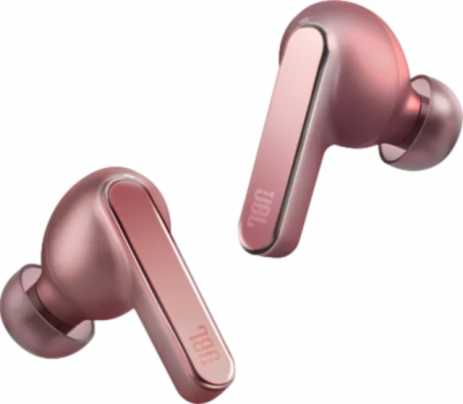
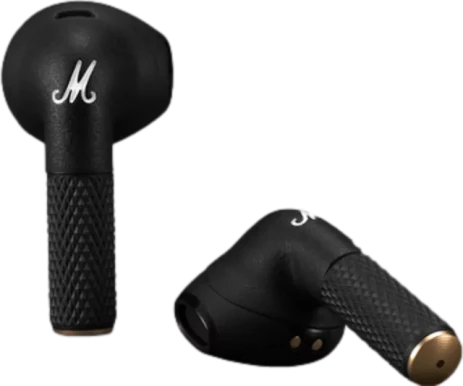
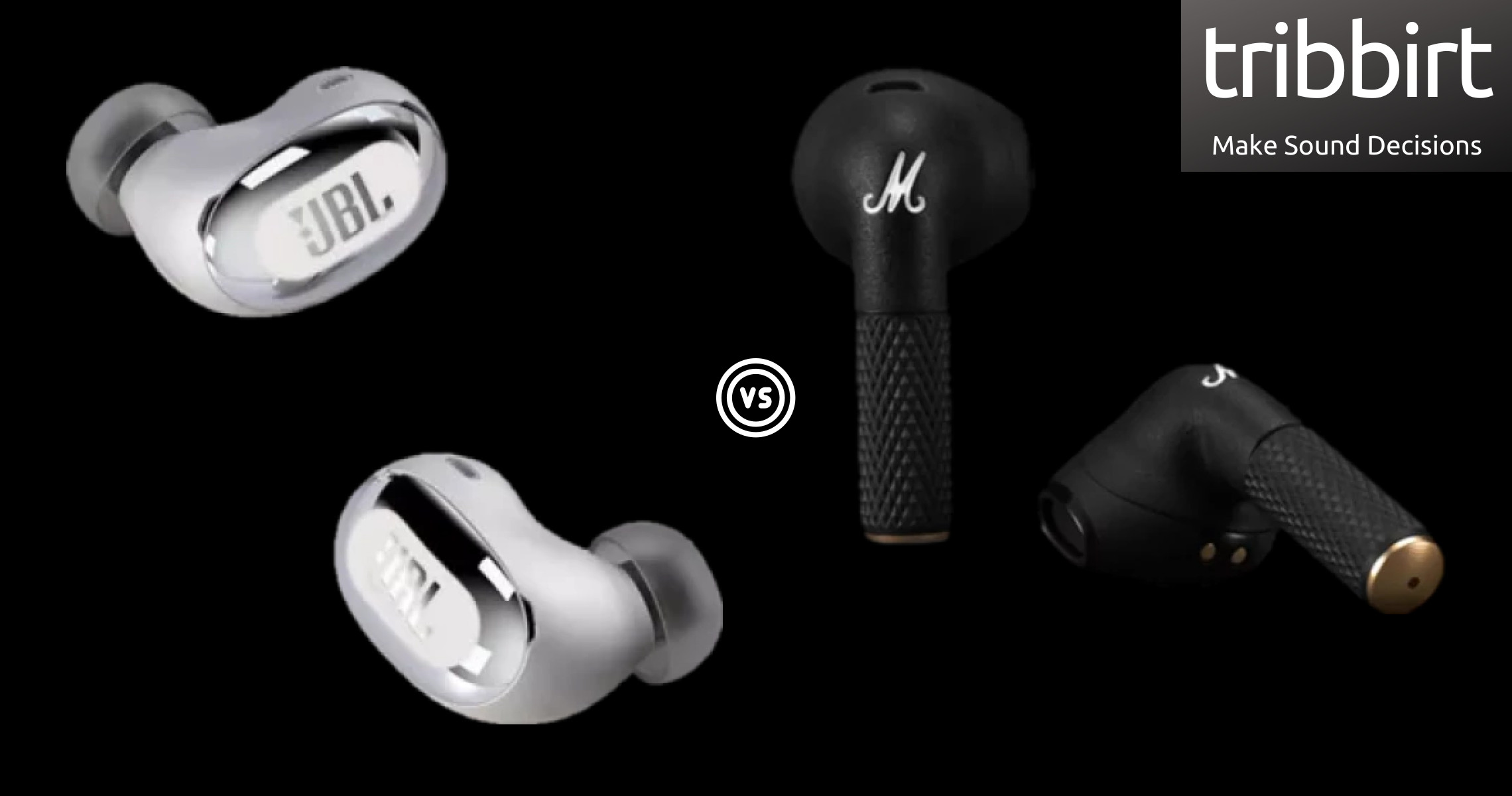
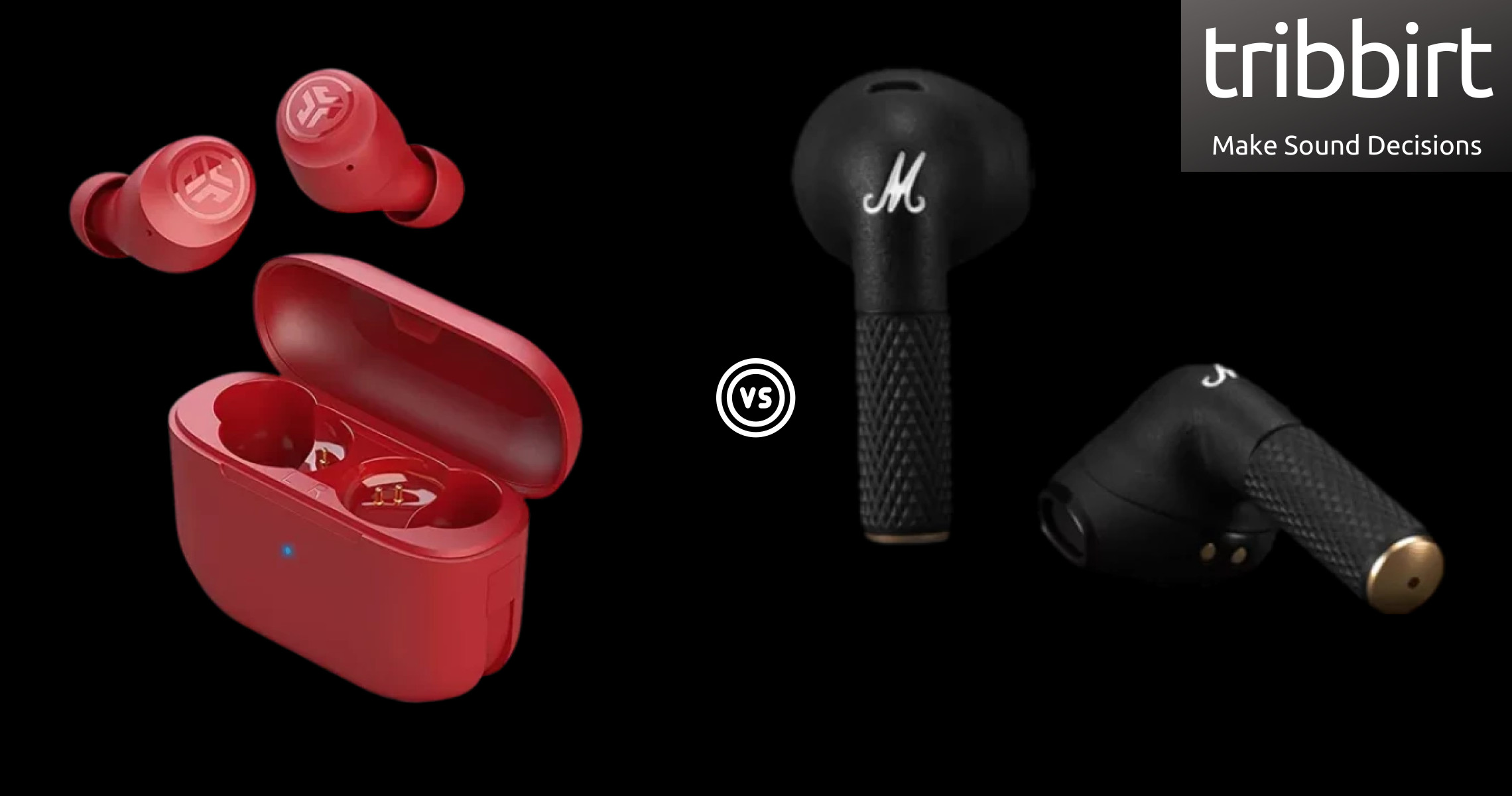
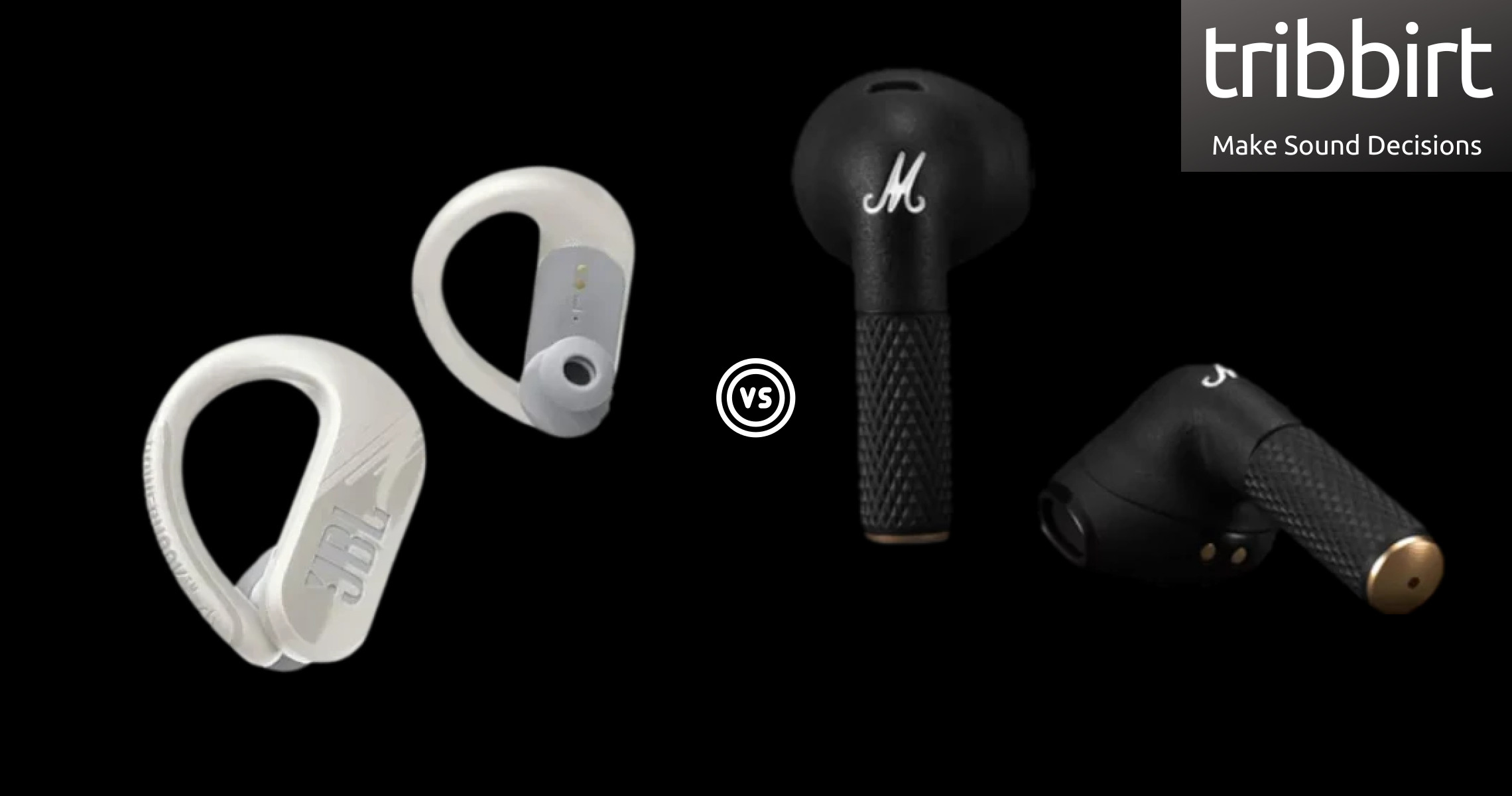
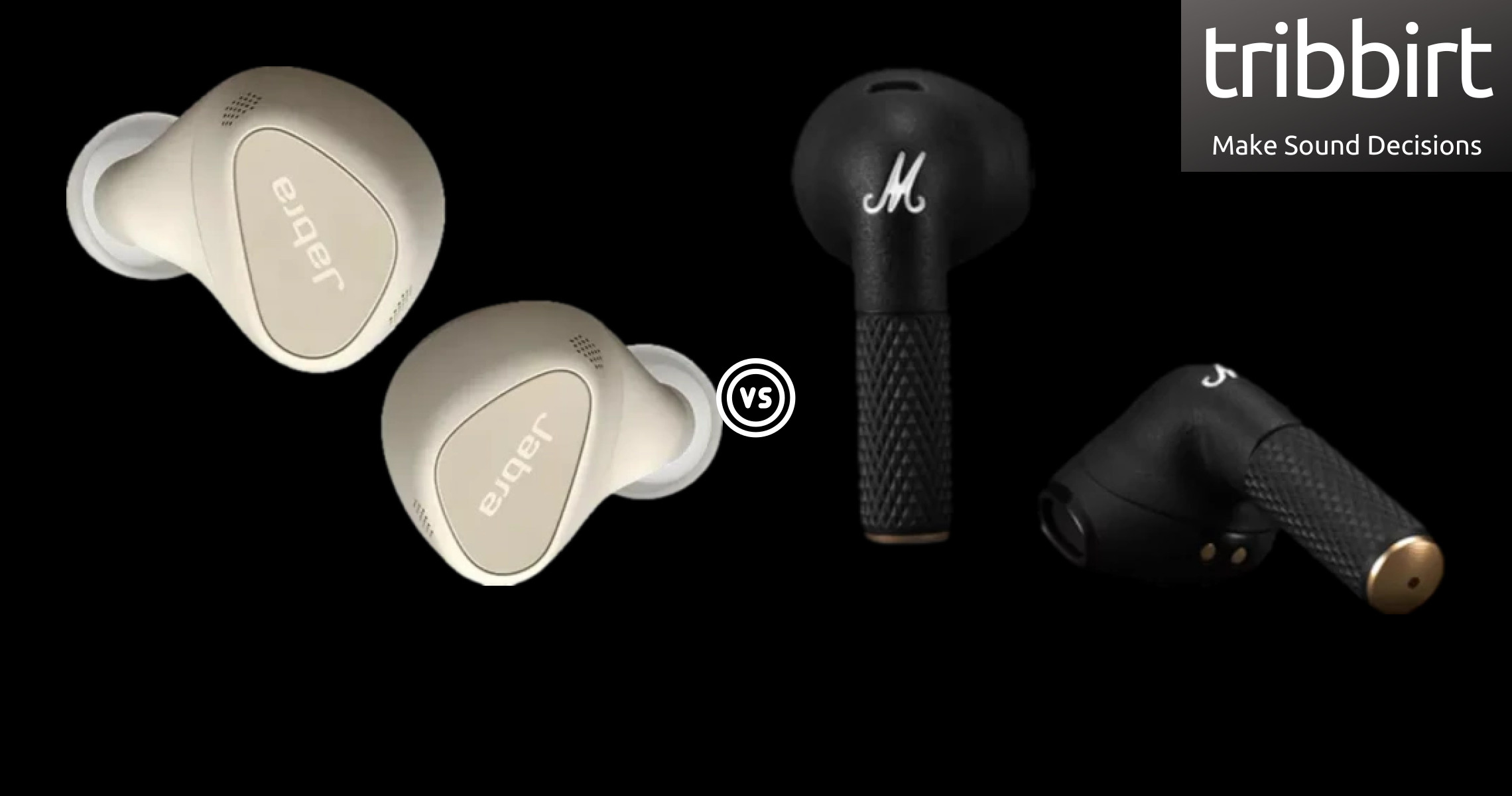
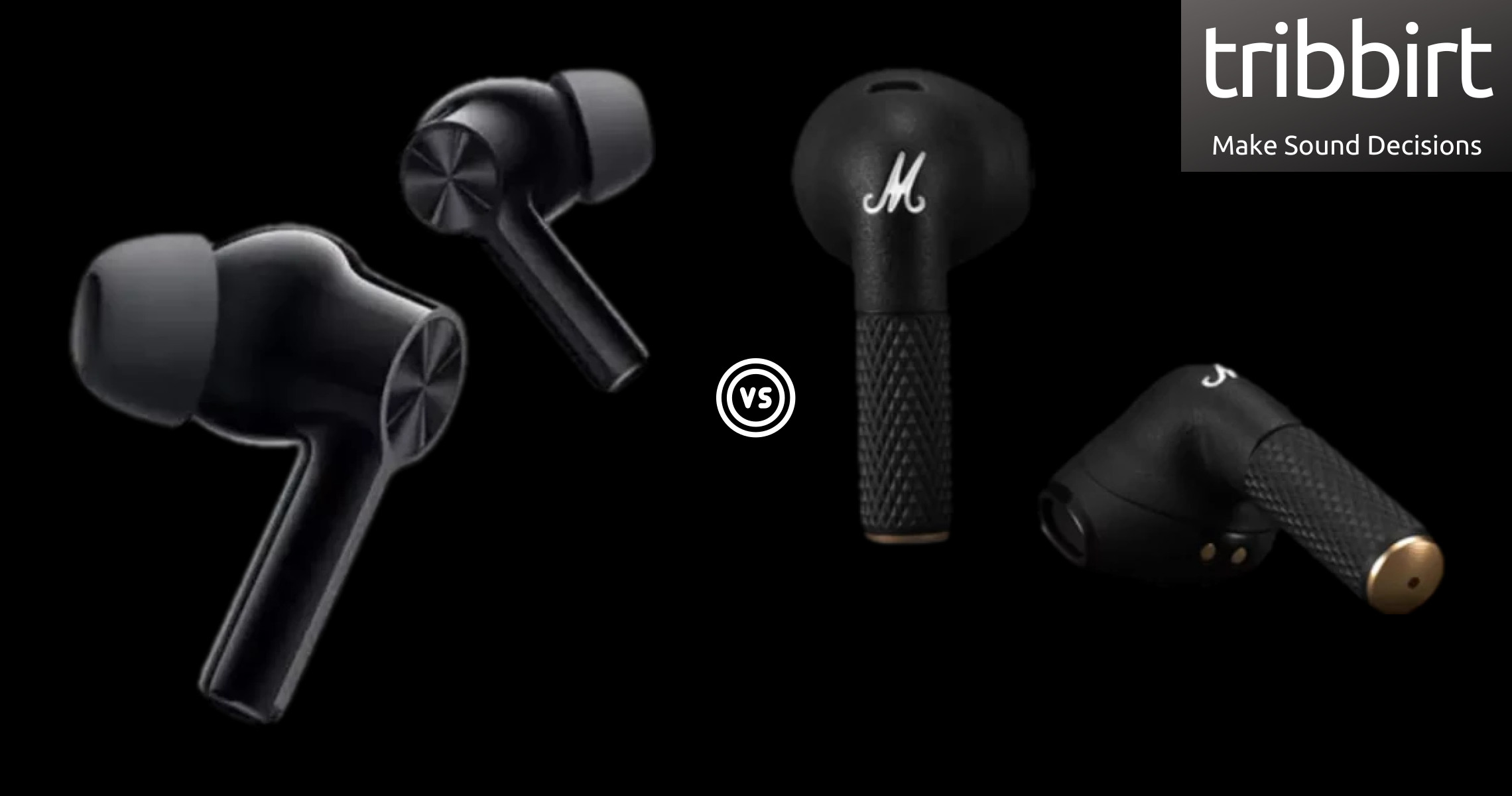
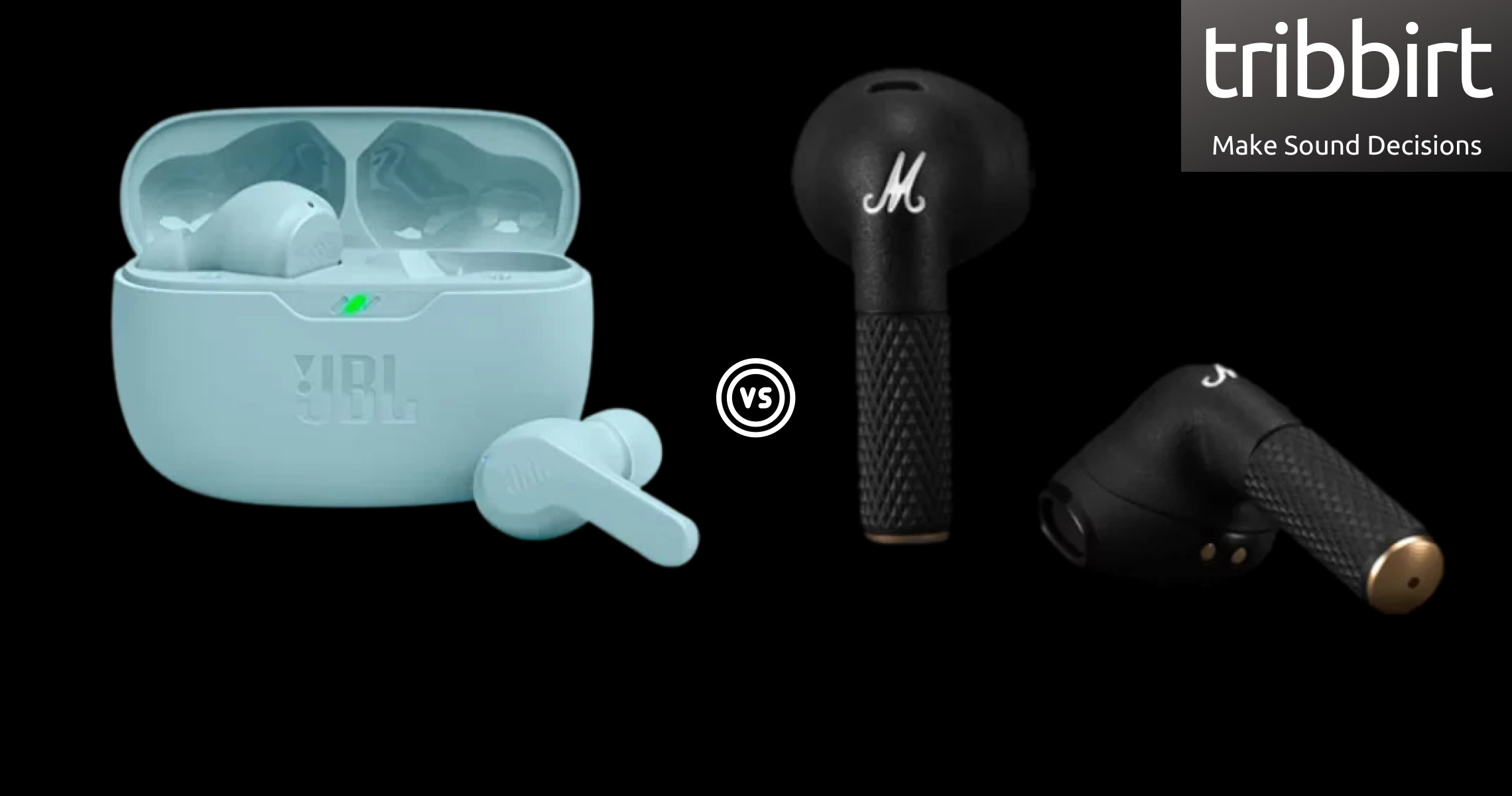

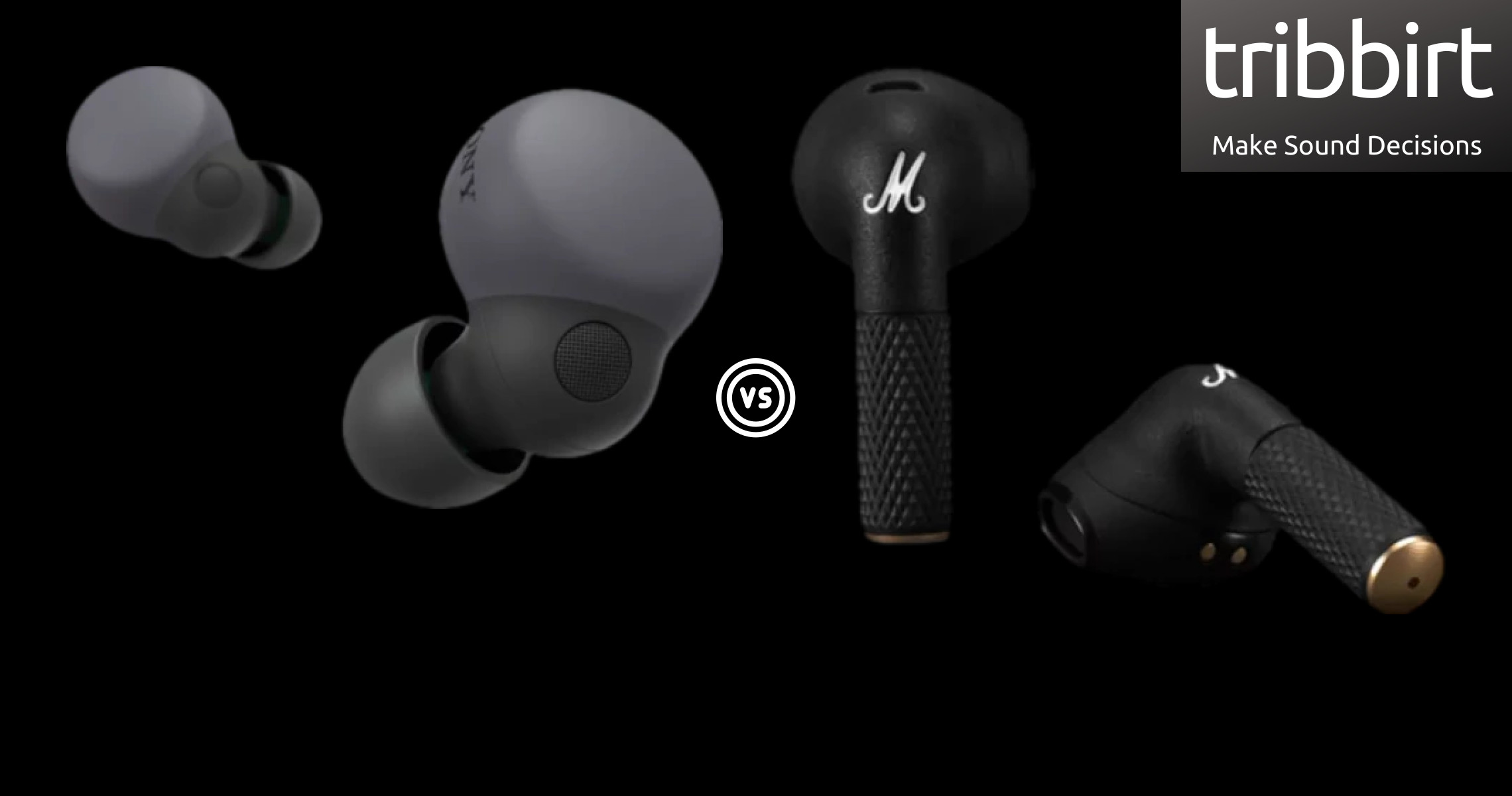
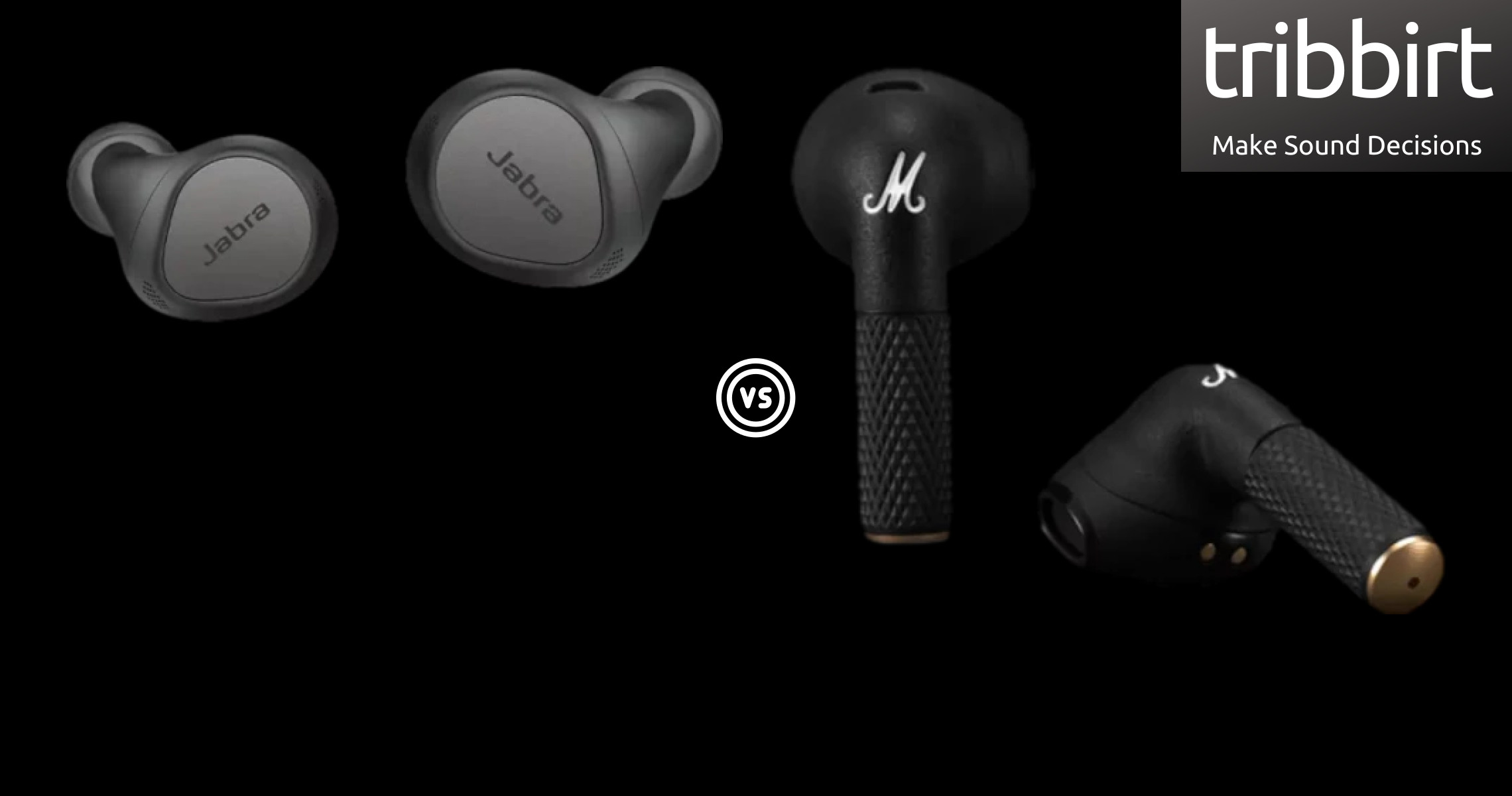
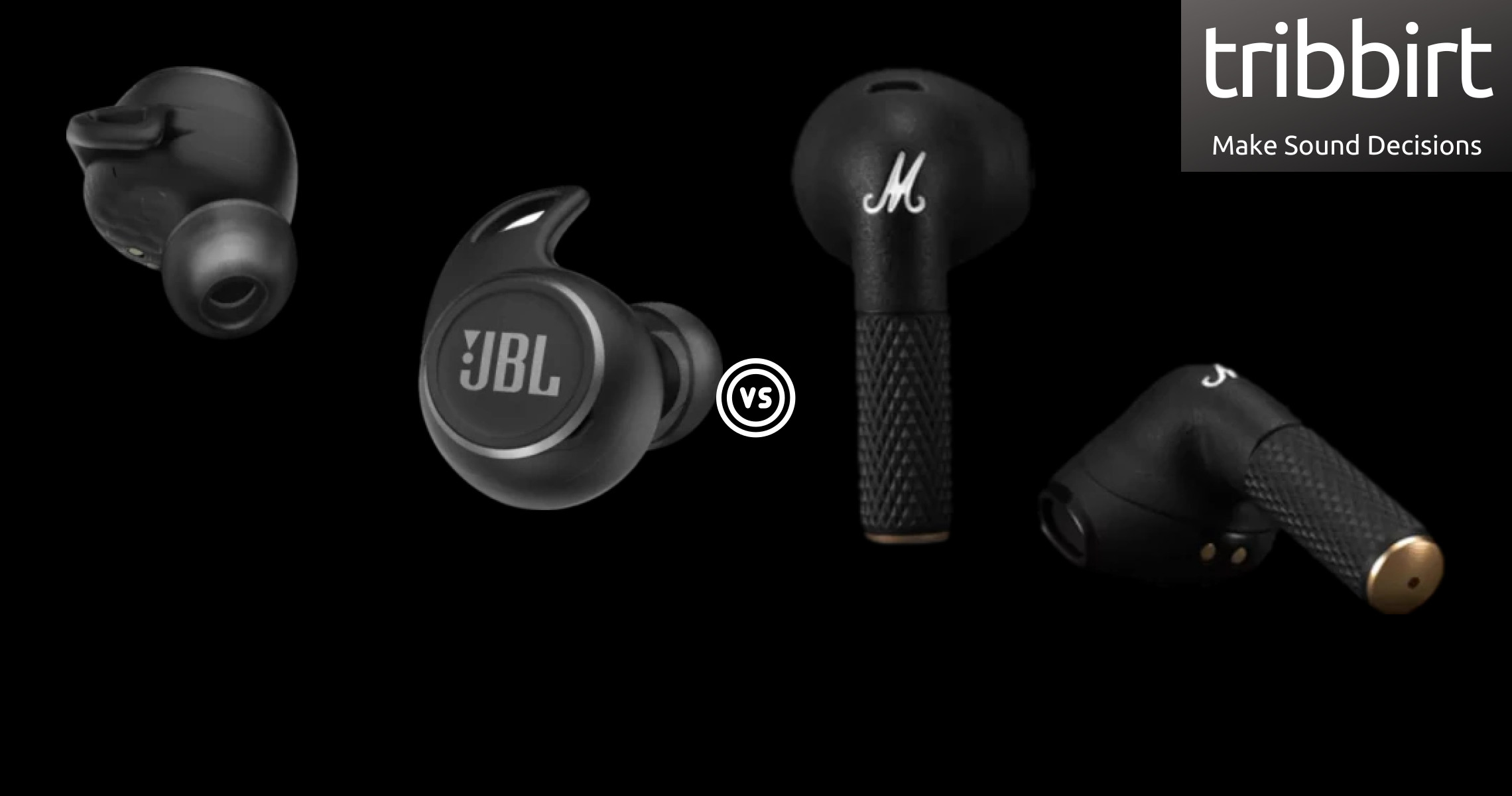


 Audio Technica Ath Cks30Tw Plus Vs. Marshall Minor Iii Review
Audio Technica Ath Cks30Tw Plus Vs. Marshall Minor Iii Review
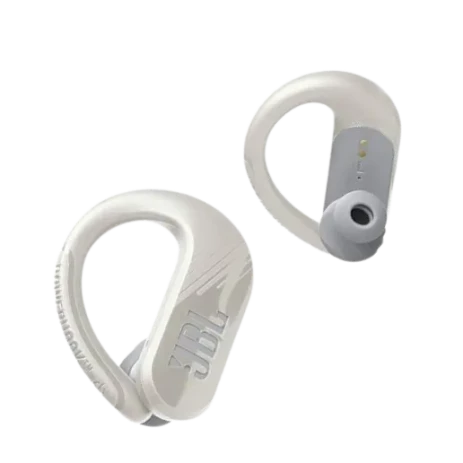 Jbl Endurance Peak 3 Vs. Marshall Minor Iii Review
Jbl Endurance Peak 3 Vs. Marshall Minor Iii Review
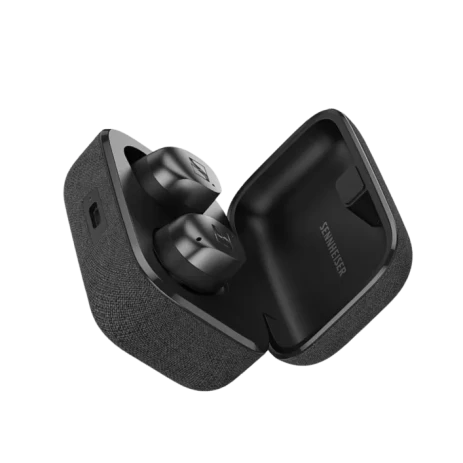 Sennheiser Momentum True Wireless 4 Vs. Marshall Minor Iii Review
Sennheiser Momentum True Wireless 4 Vs. Marshall Minor Iii Review